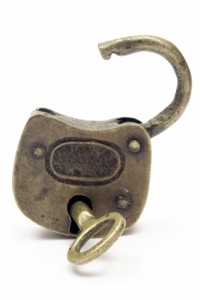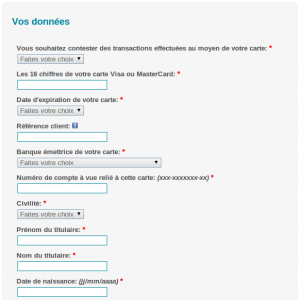 The title of this quick post says all… evenmore in the security field! This story has been reported by a friend of mine. His wife would like to dispute a transaction made with her credit card. Never a funny story but it may always happen! (my own card was also compromized two years ago even if I use it always very carefully). She called the help desk of the card provider and was redirected to a nice website called “www.macarte.be“. Here again, that’s a classic process, companies tend to simplify procedures and to ask the customer to help himself.
The title of this quick post says all… evenmore in the security field! This story has been reported by a friend of mine. His wife would like to dispute a transaction made with her credit card. Never a funny story but it may always happen! (my own card was also compromized two years ago even if I use it always very carefully). She called the help desk of the card provider and was redirected to a nice website called “www.macarte.be“. Here again, that’s a classic process, companies tend to simplify procedures and to ask the customer to help himself.
Basically, the website contains a lot of useful information about payment cards. You could see it as a big “FAQ“. The website also give some tips to use your cards in a safe way. That’s important, security is crucial in the payment card industry! Of course, they give warnings about transactions on the Internet:

For my readers who do not understand French, they give here the classic advice:
“A safe website can be identified by the small closed lock displayed by Microsoft Internet Explorer or a key displayed by Netscape Communicator in the lower-left corner. The URL has also an extra letter ‘s’ and looks like ‘https://www…”
(Note to the webmaster: Netscape Communicator is considered as dead for years…)
As you, infosec professionals, I know that this small lock or key does not mean nothing but for Mr John Doe (or my parents), it’s an easy way to identify a “safe” website. For me, the problem is the following: On the same website, people are able to fill a form to complain about a suspicious transaction. They are asked to give for a huge amount of information:

And guess what? The website is running in full HTTP! Innocently, I tried manually to connect via SSL by adding the magic small “S” (just in case they forgot to implement a redirect), no luck! Is it not worth the price of a SSL certificate? GoDaddy.com, 3.89€/y!